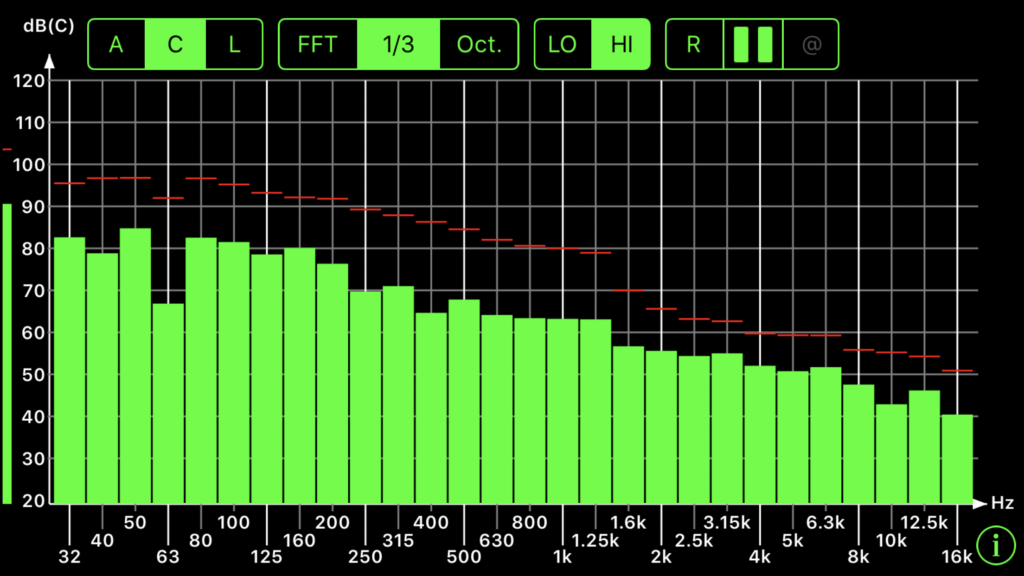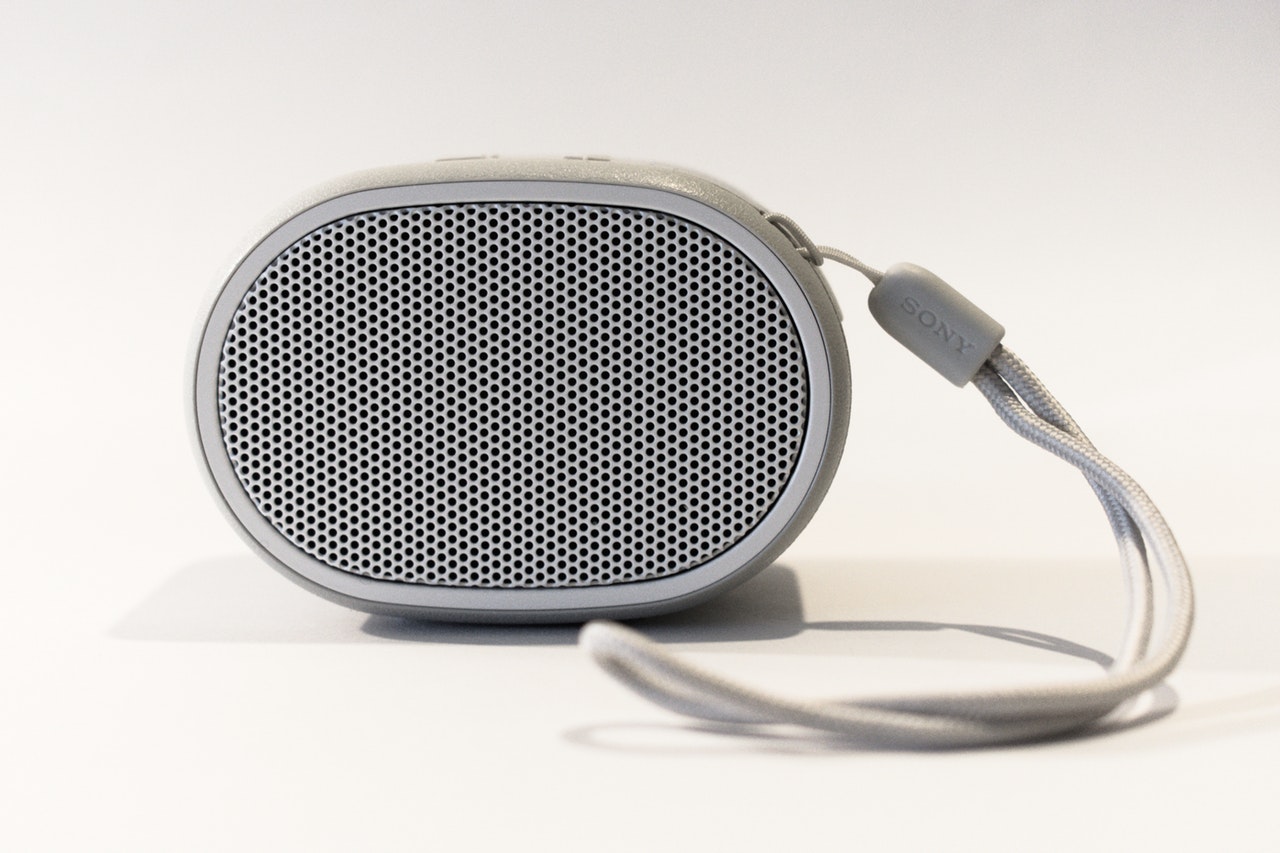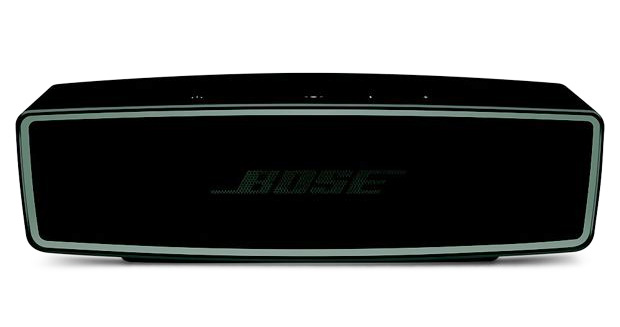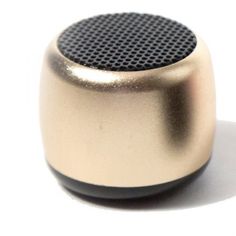This blog has been updated from its original posting to reflect new information and technology in regards to micro speakers, this update occurred on 12/10/19.
New HD Challenge
I read with great interest a recent article in Audio Express Magazine entitled, High-Performance Speakers Meet The HD-Voice Challenge. The article discusses how companies that once produced speakers for buzzers and intercoms, must now step up and produce speakers that are just as small but that must resolve better and go lower in their frequency response. This causes many design change issues to meet the newer high definition sound demands.
Micro speaker: https://en.wikipedia.org/wiki/Loudspeaker
Buzzers And Intercoms
Most of the critical sounds that were needed for buzzers and intercoms were located in the 300 – 3,000 Hz. range. This was the bandwidth of landline telephones at the times. The sound quality was not the issue. Getting enough of the waveform from 300 Hz.-3,000 Hz. was all that was needed. It did not have to sound good. It had to just make sounds and let our brains fill in the necessary sound gaps by using virtual pitch.
Psycho Acoustics
Virtual pitch is the psychoacoustical phenomenon where our brains interpret sounds that are not really there. Our brains fill in the gaps between spectral pitch which is actual pitch represented in the signal and perceived virtual pitch. It is like knowing the beginning letter and last letter of a word and the brain fills in the rest of the letters when it “sees” the beginning and end of each fundamental. These are what the author calls “phantom tones” which are perceived but not really there.

Octave Bands
Phantom Tones
Wikipedia tells us that we can easily see these phantom or virtual tones by plotting sine waves at several harmonic frequencies and then deleting the fundamental tones. The wave that results still has the visual appearance of the fundamental frequency or pitch period. It is at the juncture where all the harmonics above the fundamental will interfere with the fundamental that comes into the virtual dimension.
Virtual Pitch
We can all recognize a voice we have heard many times on the phone, even though the phone is processing through a virtual pitch. We all know this sound and it is termed “telephone speech”. This nasal, thin type sound is virtual but it does not compare to spectral speech which is what Skype uses in their speech format. This statement assumes Skype is working that day. Telephone speech is fatiguing because our brains are constantly filling in the gaps of virtual speech. To eliminate this fatigue factor, we will look at the Cisco project.
100 Hz. Output
One may not think that lowering the frequency range capacities of a loudspeaker from 300 Hz. down to 100 Hz. is that large of an issue. However, to achieve this 200 cycle drop, the back enclosure volume must be increased to accommodate longer wavelengths. The speaker itself will be structurally deeper to allow for the diaphragm to extend and allow for greater extrusion. All of these factors come into play in just this 200 Hz. difference to allow for proper new design output levels.
Structural Changes
The big turning point in this project was dropping the low end of the frequency band coverage down to 100 cycles from the already established 300 Hz. When you do this to a speaker, you must take into consideration the sensitivity of the new design, along with amplifier power and rear of the speaker enclosure. Along with these structural changes to accommodate more energy and longer wavelength production, comes more vibrations from the operating frequency range being dropped to 100 cycles. Vibrations in the enclosure produce rattles and feedback into the microphone that must be designed for.
Many Past Uses
Remember the digital cordless telephones? They were next in line to adapt for and implement these new frequency range designs. It took years for the design changes to be implemented and different companies achieved different levels of quality with their products. Dolby laboratories came up with their version of Dolby Voice. This system along with others had wider bandwidth and other factors that provided a clearer, sound quality and much less fatigue on the listener’s end. It was the main reason people bought them, instead of all the bells and whistles.
More Structure Mods
When you change the design of a speaker to go lower in response, in this case from 300 Hz. down to 100 Hz., you must take into consideration many other factors. To achieve a 100 Hz. signal, the rear enclosure has to have a greater volume to produce a longer wavelength. The speaker itself must be able to extend longer to produce a longer wavelength. All of these physical changes will produce more vibrational issues that must be addressed along with more amplifier power and speaker sensitivity.
Mini Speaker
A micro-speaker is different from a mini speaker. In the past language, we looked at the speaker’s diameter. The diameter of a mini speaker was 2″ and higher and a micro speaker was smaller than 2″. Today, with current technology, it is not so cut and dry. The changes occurred during the docking station introduction. One of these units was the Altec Lansing In Motion, which had 4 – 1″ inverted dome full-range speakers. Along with this smaller size and full range, capacities came fluid cooling since these speakers were forced to operate closer to their maximum design limits.
Wound Voice Coil
A common mini speaker also has what is termed a two-point suspension, A two-point system is constructed of a very compliant material whereas the diaphragm is rigid and made of a different material. The voice coil is wound on a bobbin and there is some space between the voice coil winding and the neck joint. This construction process enables higher clearance for the diaphragm’s excursion.
No Spiders From Mars
Micro speakers do not have spiders that reduce their excursion ability. Their voice coil is a one-piece construction that is self-supporting and has a limited excursion. There is really no room to make any changes because if you attempt to increase the excursion, you will not be able to control the diaphragms rocking or from hitting the magnet’s top structure.
Micro Diaphragm
Since the micro speaker’s diaphragm is one piece, which can be a polyester film or a fabric that is woven and treated. This is a common construction for laptops. In cell phones, we have a laminated composite that reacts better to cell phone use and abuse. The big advantage of a micro-speaker is that for the same diameter, a micro speaker can be half the depth of a mini speaker.
Smartphone Hunger
The smartphone market is always hungry for sound quality improvements in the mechanisms that produce sound. In order to rise above the limitations we just discussed with the micro speakers, we need lots of signal processing to maximize the micro speaker, design limits. Micro speakers that want to produce better quality sound, must operate at full excursion which will introduce heat issues. Integrated circuits must also come into play. This extensive signal processing is very similar to what sound reinforcement companies use inline array type speaker configurations, to control each individual driver’s output and direction in larger room environments.
Step Up ?
Micro speakers must now act more like their bigger cousins, the mini speaker. In fact, in some applications, such as a soundbar, they must be able to surpass the performance of a micro-speaker and perform at even larger operating parameters to produce what some manufacturers call “room full of good sound”. Be careful what you ask for. “Good sound” has many meanings and interpretations, too many that have no good left in their meaning.
Learn More About Us At Acoustic Fields: https://www.acousticfields.com/about/
In Summary
I hope today’s discussion helps solve any questions you are having pertaining to micro speakers. Please message me at info@acousticfields.com if you have any questions as I am always happy to help. If you want more to learn more about room acoustics please sign up for our free acoustic video training series and ebook. Upon sign up you will instantly have access to a series of videos and training to help improve the sound in your studio, listening room or home theatre.










